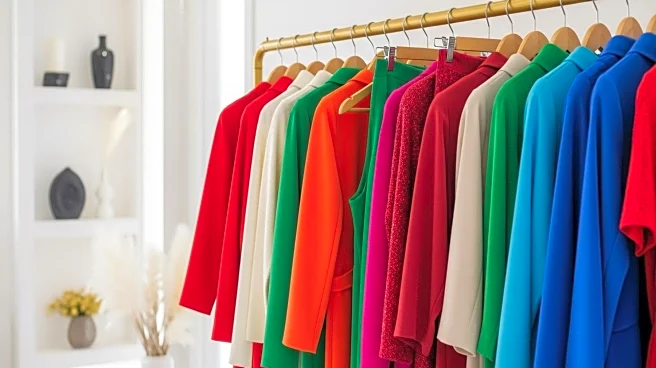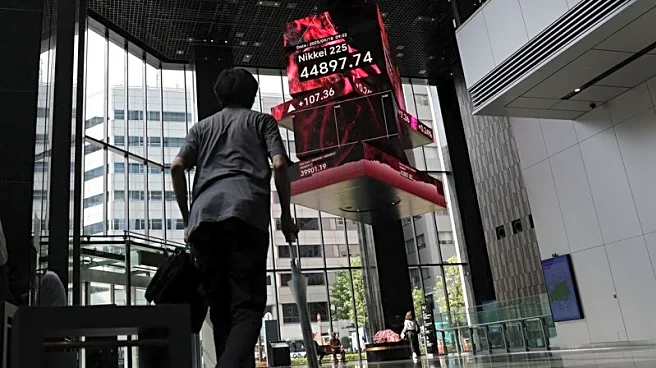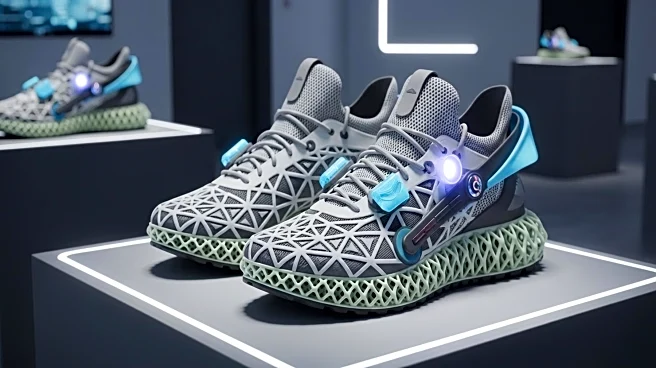What is the story about?
What's Happening?
The plus-size clothing market is experiencing significant growth, with projections indicating it could reach approximately $345 billion by 2032. Despite this, many mainstream stores still have limited plus-size sections. In North America, which leads the market with a 41.3% share, the U.S. accounts for 82% of the region's revenue. Consumers aged 16-59 are the primary demographic, driven by disposable income and fashion consciousness. The body positivity movement has reshaped the market, encouraging inclusivity and diversity in fashion. Online retail is emerging as a key channel, with innovations like AI-driven size recommendations enhancing the shopping experience.
Why It's Important?
The growth of the plus-size market represents a significant opportunity for retailers and brands. With 67% of American women wearing size 14 or above, there is a substantial untapped buying power. The shift towards inclusivity and body positivity is not only a social movement but also a lucrative business opportunity. Brands that embrace this change can capture a larger market share and drive revenue growth. The rise of digital shopping platforms further amplifies this opportunity, allowing brands to reach consumers more effectively and offer personalized shopping experiences.
What's Next?
Retailers are expected to expand their plus-size offerings, with major brands like Target, Nordstrom, and Walmart already widening their product lines. The premium segment shows strong growth potential, challenging the assumption that plus-size consumers only shop for bargains. As the market continues to grow, brands that invest in technology solutions to address fit challenges will likely see increased customer satisfaction and loyalty. The Asia-Pacific region is also emerging as a new frontier, offering international expansion opportunities for inclusive fashion brands.
Beyond the Headlines
The plus-size market's growth is not just a business opportunity but also a cultural shift towards greater acceptance and representation of diverse body types. The body positivity movement has empowered consumers to demand better options, influencing how brands approach fashion design and marketing. Social media influencers play a crucial role in driving sales and shaping consumer perceptions, highlighting the importance of authentic engagement with audiences. As technology continues to evolve, brands that leverage AI and 3D printing for personalized fits will set new standards in the industry.
AI Generated Content
Do you find this article useful?














